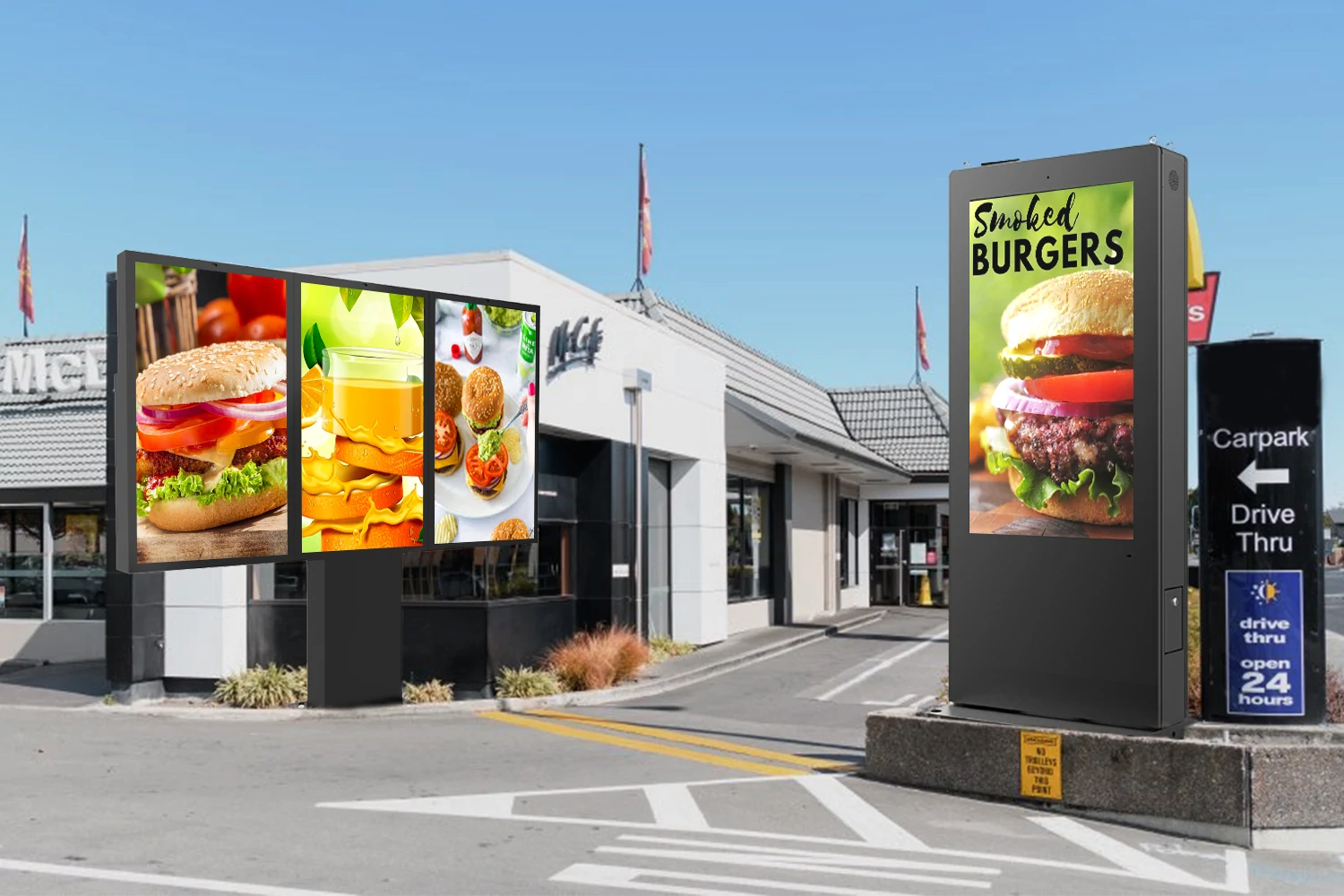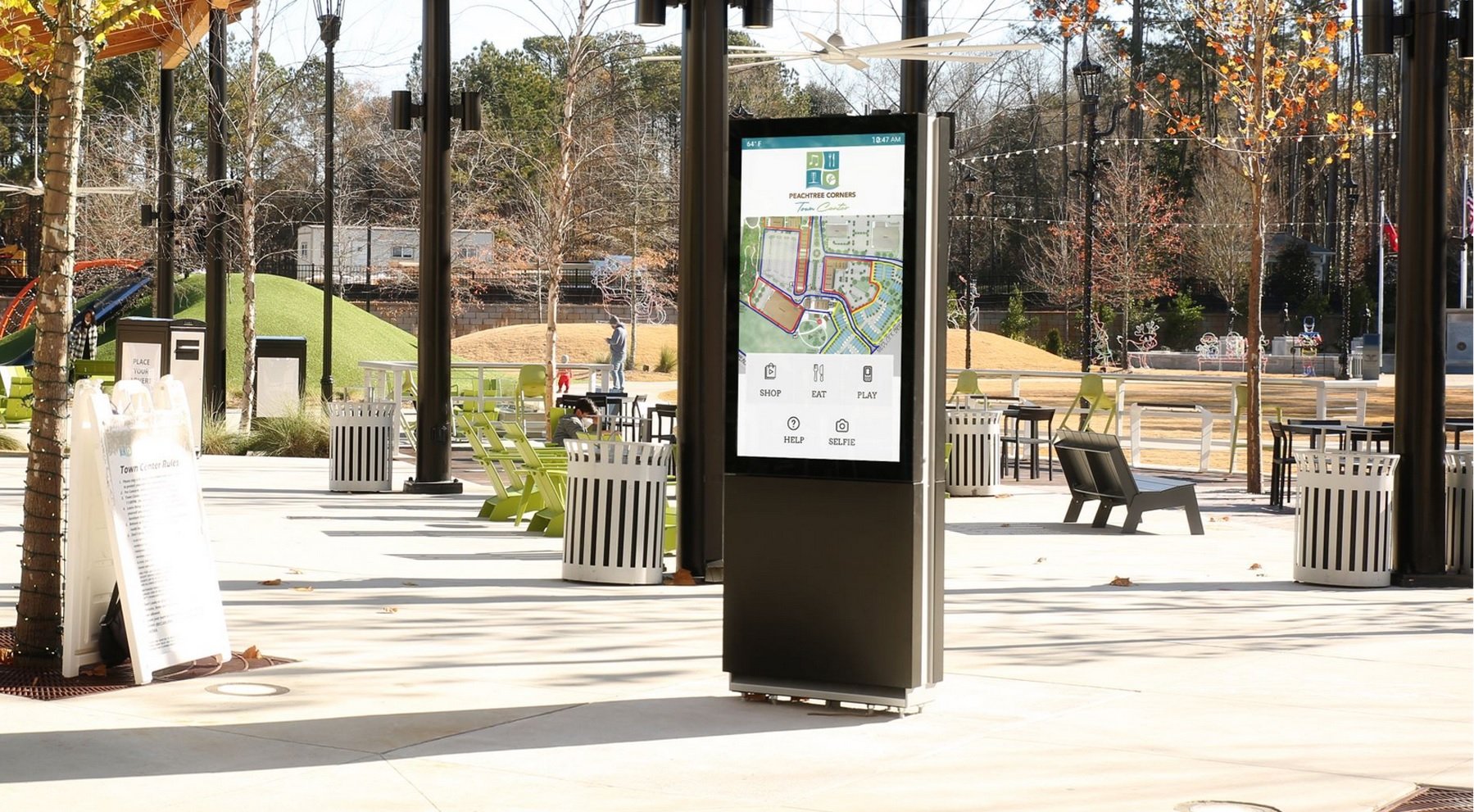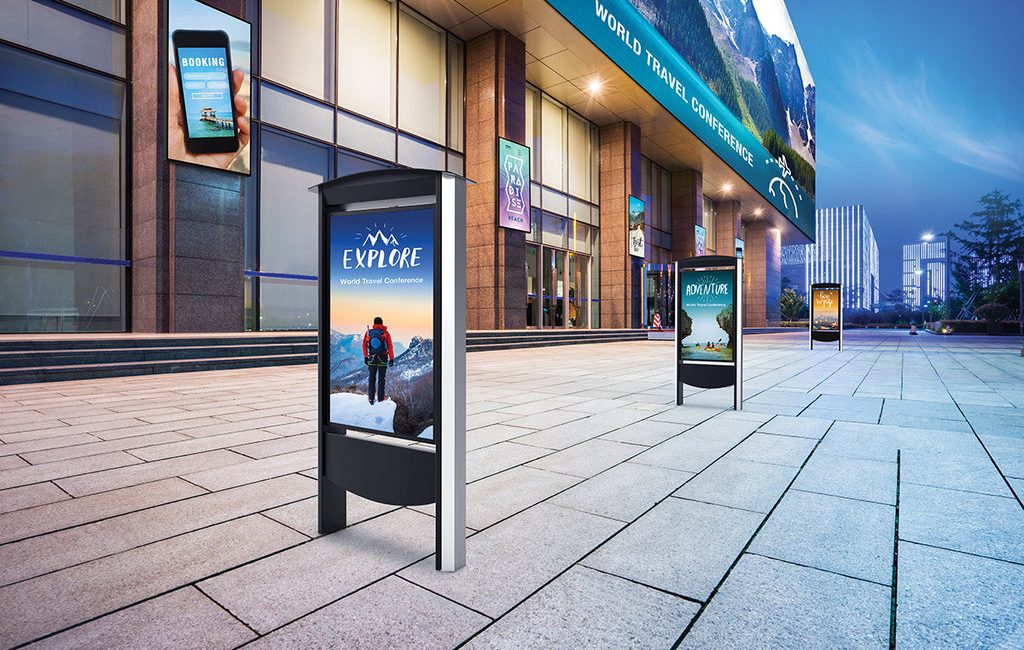With the increasing popularity of digital signage, especially in outdoor settings, businesses are now better equipped to captivate audiences even in challenging environments. Modern outdoor digital signage screens are designed to withstand various elements, including direct sunlight, ensuring legibility even in high-brightness conditions. Leveraging these solutions can significantly enhance marketing efforts, offering numerous benefits that traditional signage struggles to match.
1. Expanded Reach: Outdoor digital signage boasts a broader reach compared to other marketing channels, with the potential to engage up to 70% of the public, surpassing platforms like Facebook marketing. LED displays, in particular, effectively attract passersby, maximizing exposure to potential customers.

2. Cost-Effectiveness: While the initial investment for outdoor digital signage installation can be significant, the long-term returns outweigh the expense. Despite upfront costs ranging from $2,500 to $13,000 for individual screens and $2,000 to $6,000 for video walls, these displays offer cost-effective advertising solutions. A 2022 report by Solomon Partners and OAAA indicated that outdoor digital signage outperforms other marketing categories in terms of cost-per-thousand-impressions (CPM), with rates ranging from $2 to $9.

3. Increased Foot Traffic: Outdoor digital signage serves as a powerful tool for driving foot traffic to businesses, ultimately translating into higher conversion rates. By attracting more visitors and leads, these displays contribute to bottom-line growth and foster customer engagement.

4. Efficiency and Durability: With a lifespan of up to 100,000 hours, LED displays offer durability and efficiency unparalleled by traditional signage. Investing in high-quality displays ensures longevity and maintains visual appeal over time, with advancements in technology driving improvements in image quality and resilience to environmental factors.

5. Integration with Other Technologies: Outdoor digital signage can be enhanced through integration with sensors and cameras, enabling businesses to gather valuable data for informed decision-making. By monitoring metrics such as traffic flow and customer behavior, businesses can optimize operations and enhance the overall customer experience.

6. Remote Control and Management: The ability to control outdoor digital signage remotely provides businesses with flexibility and convenience in content management. This feature is particularly advantageous for businesses with multiple locations, enabling uniform messaging across all displays and facilitating timely updates, including emergency notifications.
7. Versatility: Outdoor digital signage offers versatility in its applications, serving purposes ranging from advertising and marketing to public safety and information dissemination. Its adaptability makes it an invaluable asset for businesses across various industries, including restaurants, gas stations, theme parks, and shopping malls.
Conclusion: In summary, outdoor digital signage presents a dynamic and effective solution for businesses seeking to enhance their marketing strategies and engage with their target audience. With its numerous benefits and wide-ranging applications, outdoor digital signage continues to revolutionize the way businesses communicate and connect with consumers.




